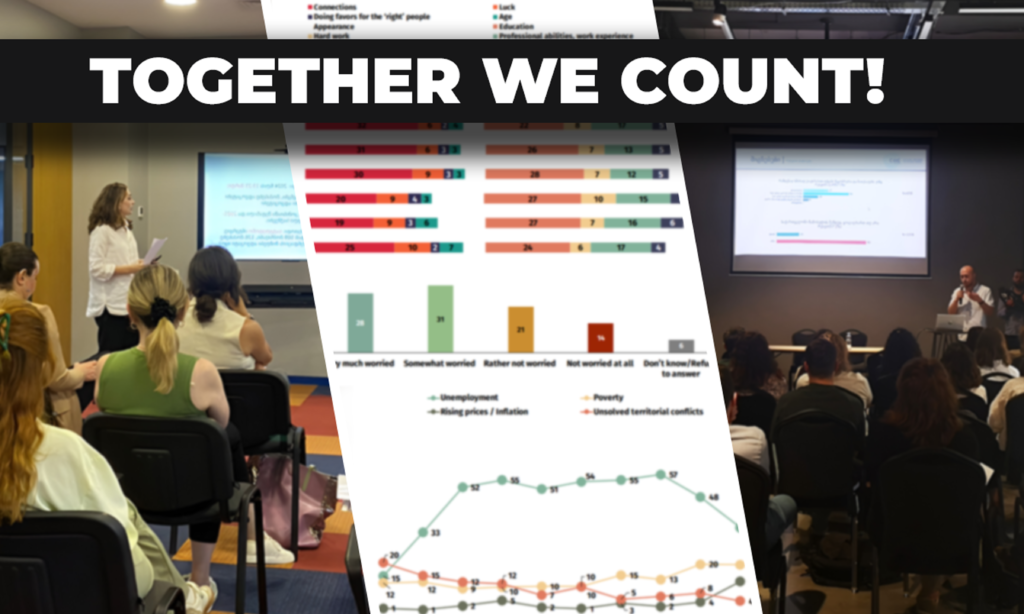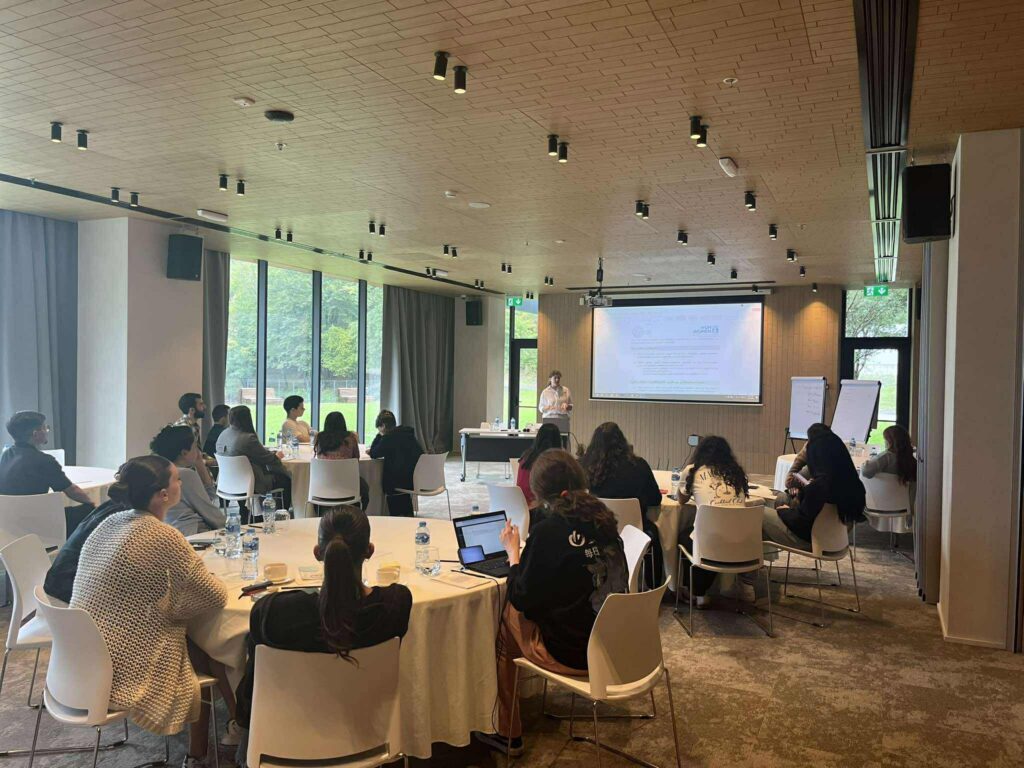According to CRRC’s 2017 Caucasus Barometer (CB) survey, 46% of the population of Georgia report having personal debt. Although having debt is not necessarily a bad thing, since it can enable investment to help improve a person’s economic conditions, a close look at the CB 2017 data suggests that many people in Georgia take on debt to cover basic expenses.
In addition to the question about personal debt, CB 2017 asked whether households borrowed money to buy food and to pay for utilities in the past six months. Those who reported their household borrowed money to buy food reported having personal debt more often. The same is true of people who reported their household borrowed money to pay for utilities in the past six months. Importantly, the comparison of variables measuring personal-level and household-level information has methodological limitations and the results should thus be treated with caution.
Note: Answer options to the questions “In the past 6 months, how often has your household borrowed money to buy food / to pay for utilities?” were recoded for this chart. Options “Each week”, “Each month”, and “Every other month” were combined into the category “At least every other month”. For all questions, answer options “Don’t know” and “Refuse to answer” (less than 3% if combined) are not shown on the charts in this blog post.
Another CB question asked respondents to place their household on an imaginary 10-step ladder reflecting the economic standing of all households in the country. Similar to the above, those who indicated lower rungs reported having personal debt more often. Interestingly, approximately a third of those reporting better economic conditions of their households also reported having personal debt.
Note: A 10-point scale was used for the question, “Let’s imagine there is a 10-step ladder reflecting the economic standing of all households in Georgia today. The first rung of this ladder corresponds to the lowest economic position in society, while the 10th rung corresponds to the highest position. On which rung of this ladder do you think your household currently stands?” For this chart, the original scale was recoded into a 3-point scale, with codes ‘1’, ‘2’, ‘3’, and ‘4’ combined into the category “Low”; codes ‘5’ and ‘6’ combined into the category ”Middle”; and codes ‘7’, ‘ 8’, ‘9’, and ‘10’ combined into the category “High”.
People living in worse-off households report having personal debt more often than those living in better-off households. However, people living in better-off households are not debt-free either.
To have a closer look at CRRC’s Caucasus Barometer data, visit our Online Data Analysis portal.







